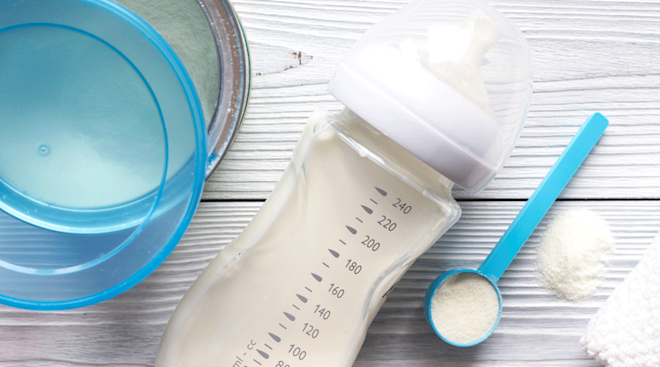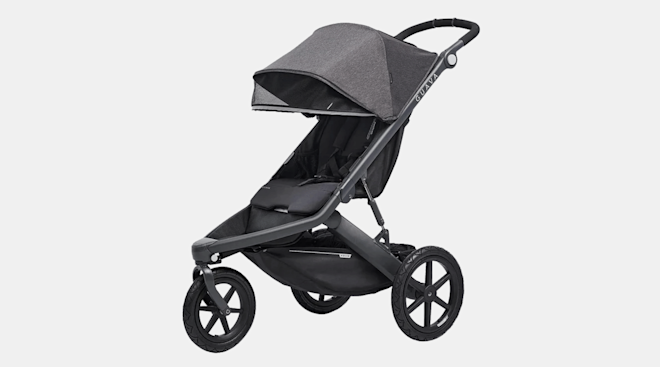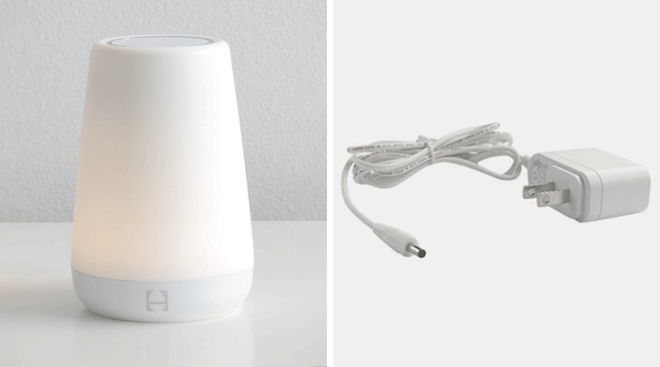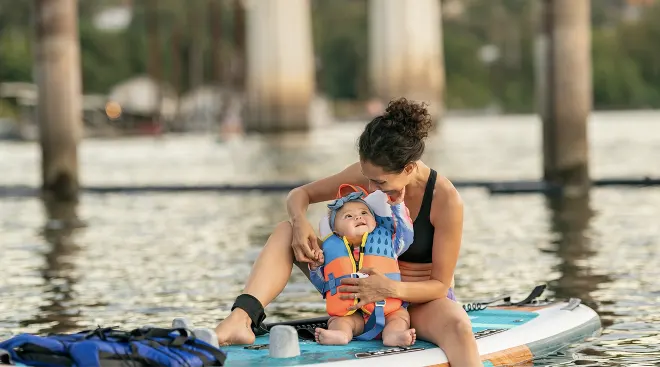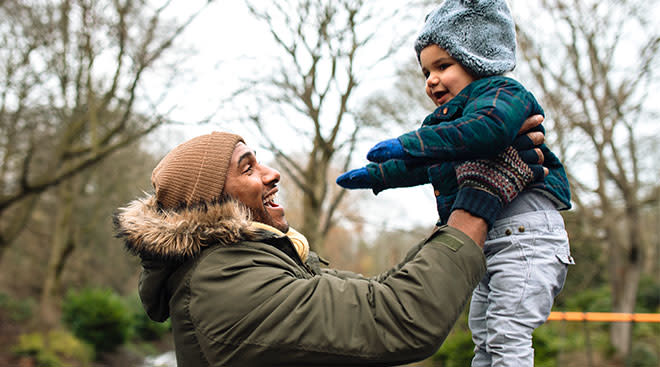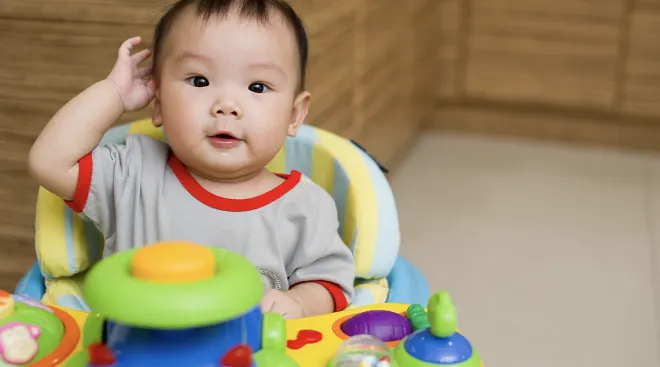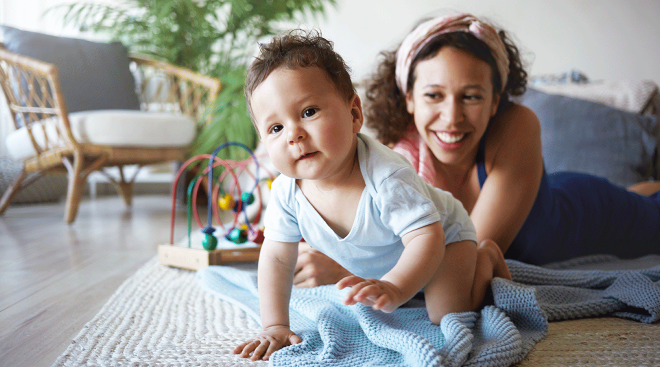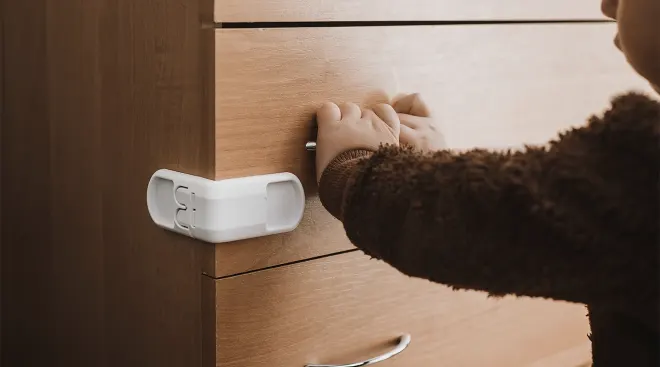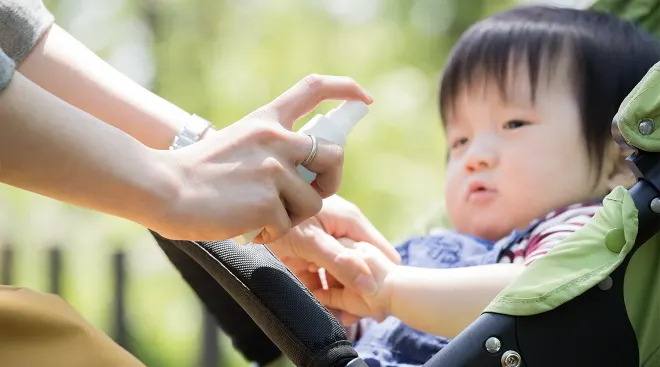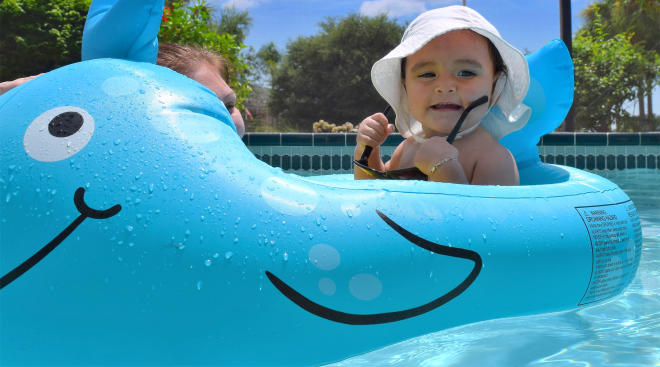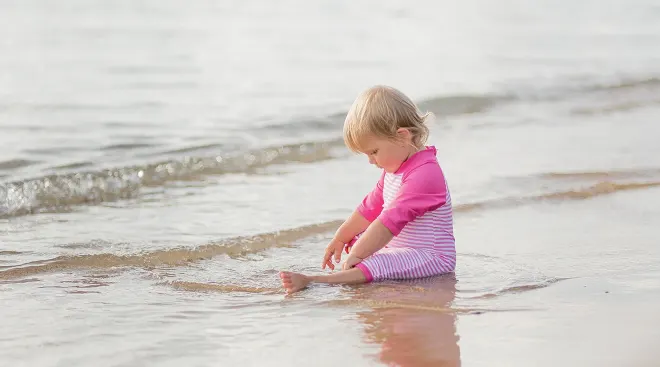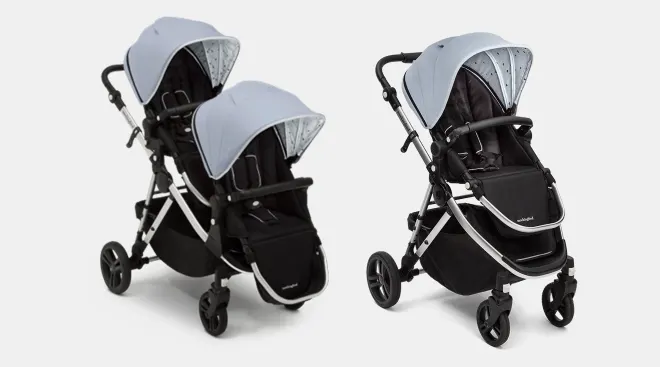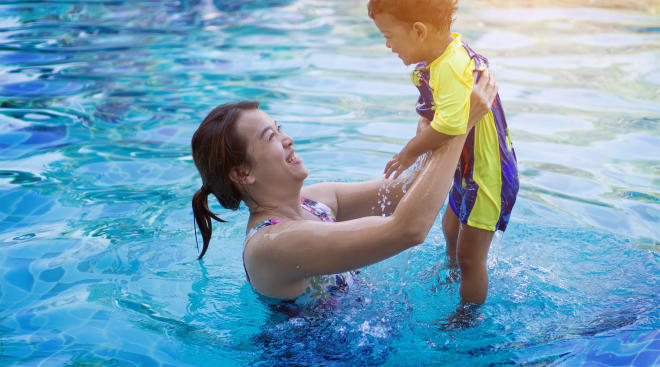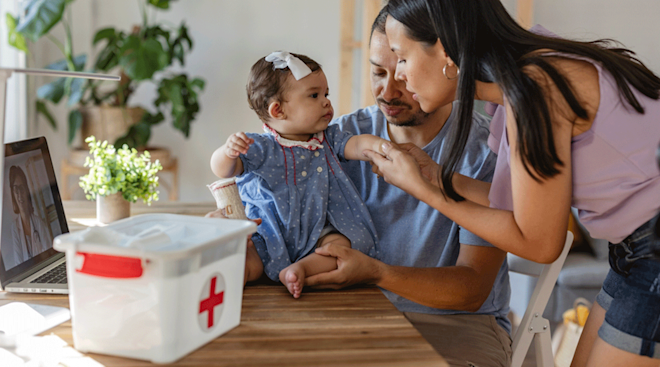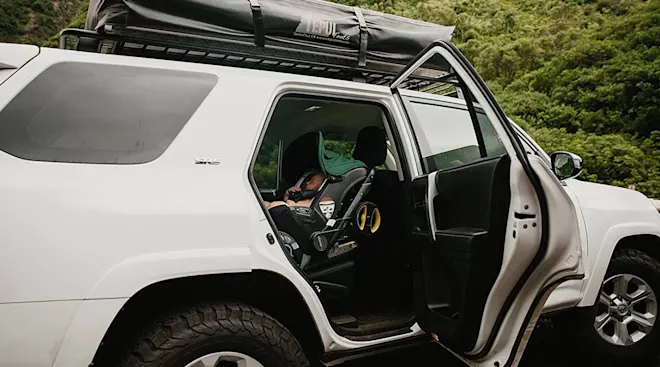Top Halloween Safety Tips for Parents of Trick-or-Treating Tots
Halloween is an exciting day for both children and parents alike. But while the little ghosts and ghouls you’ll spot running from door to door are harmless, there are a few other potential dangers to watch out for. Here are our top Halloween safety tips to help make the day fun and safe for little trick-or-treaters.
Baby and toddler costumes are simply adorable, but the day goes much smoother when your child is comfortable in their outfit. Here’s how to make sure kids’ costumes won’t pose a problem.
-
Pay attention to materials. For kids with sensitive skin, try to pick costumes that don’t have itchy material and won’t make them too hot or too cold while wearing it. Costumes should also be flame-resistant.
-
Pack a backup. Consider having an extra costume on hand in case of any leaky diapers or potty training accidents.
-
Test makeup before applying. If your child’s costume involves makeup, always try the makeup beforehand on a small area of skin to make sure there are no reactions and that it can easily come off (we often see kids with hives or rashes on their faces after Halloween!).
-
Avoid trip hazards. For toddlers just beginning to walk, costumes shouldn’t be too long and their shoes should fit well to prevent tripping. We also recommend avoiding masks that can block vision or hats that are too big and can slide over eyes.
-
Stay away from sharp props. If the costume calls for accessories, such as swords or canes, make sure they don’t have any sharp parts to them and that your toddler doesn’t run with any objects that can hurt them if they fall.
-
Wear bright clothing. Halloween tends to be a busy day and toddlers can wander off in a split second. Consider having your toddler wear bright clothes that can more easily be seen in a crowd, or adding reflective tape to kids’ costumes or trick-or-treat bags so you can quickly spot them among other children.
Once your kiddos have donned their costumes, it’s time to show them off—and get some sweet treats as reward! Here’s what to keep in mind when you and your little ones are out and about on Halloween.
-
Keep an eye out for choking hazards. For toddlers, make sure their trick-or-treat bags are free of choking hazards such as hard candies, popcorn, gum or anything with whole nuts.
-
Feed kids healthy foods first. To avoid kids filling up on too many treats, have them eat their lunch or dinner and then go trick-or-treating to discourage overeating candy. (For young babies just starting solids, you can include them in the fun by making baby food with a Halloween flare, like pumpkin purée—full of healthy nutrients like beta-carotene, vitamin A, potassium, vitamin C and calcium—butternut squash or roasted apple purée.)
-
Come up with a candy ration plan. Consider telling your child they can pick out a specific number of parent-approved candy to have that night or over the next few nights, and then give the rest to places such as dentist offices that will donate the candy to others—a win-win situation, since it teaches your child to share!
-
Be mindful of food allergies. Even if your child doesn’t have a food allergy, you can help others with allergies safely celebrate the day. Consider having a teal-painted pumpkin at your home to let trick-or-treaters know you have safe, non-food treats or allergy-safe foods to offer. Goodies such as Halloween-themed pens and pencils, small notepads, temporary tattoos, mini containers of Play-Doh or stickers are always a hit. Fruit such as bananas decorated with stickers, oranges made to look like jack-o’-lanterns, raisins and individually wrapped school-safe treats are other great snack options for all children to enjoy.
-
Use caution when crossing streets. Pedestrian injuries are the most common injuries to children on Halloween. To play it safe, stay in a group that’s easily visible; carry a charged cell phone to have on hand for any emergencies; and don’t assume you have the right of way, since cars may have trouble seeing trick-or-treaters. Always make sure cars are fully stopped and toddler hands are held tight before crossing streets.
Meet Dina DiMaggio, MD, and Anthony F. Porto, MD, MPH, official spokespeople for the American Academy of Pediatrics and the co-authors of The Pediatrician’s Guide to Feeding Babies and Toddlers. They write about the latest AAP guidelines, studies and seasonal issues affecting babies and toddlers. Follow them on Instagram @pediatriciansguide.
Please note: The Bump and the materials and information it contains are not intended to, and do not constitute, medical or other health advice or diagnosis and should not be used as such. You should always consult with a qualified physician or health professional about your specific circumstances.
Plus, more from The Bump:
Navigate forward to interact with the calendar and select a date. Press the question mark key to get the keyboard shortcuts for changing dates.

































